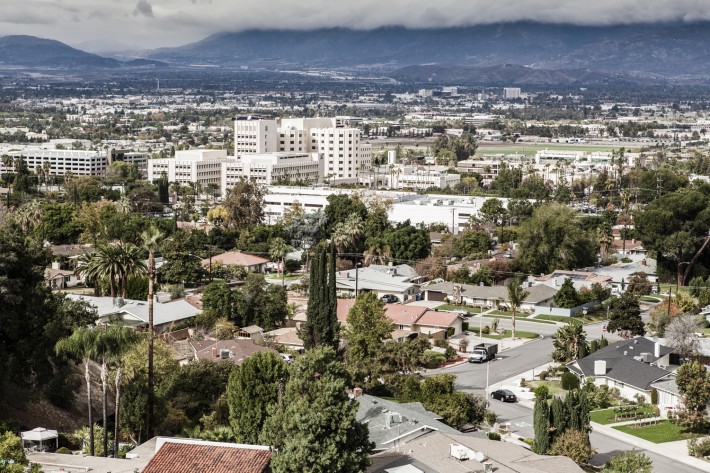Retirement News – At the age of 100, Dr. Ellsworth Wareham still drives on the freeway, putters around the house and takes care of his yard. He was still assisting in open heart surgeries until four years ago.
 Wareham suspects that his lifestyle, like those of the other Seventh-Day Adventists living in Loma Linda, California, is at least partially responsible for his good health at such an advanced age.
Wareham suspects that his lifestyle, like those of the other Seventh-Day Adventists living in Loma Linda, California, is at least partially responsible for his good health at such an advanced age.
“I really don’t feel any different than I did when I was, say, 30,” he tells explorer and National Geographic fellow, Dan Buettner. “I feel like I could live another 25 years, but I know that’s not realistic.”
Wareham and the community of Loma Linda are exactly what Buettner was looking for when he set out to find spots where people lived the longest and the healthiest. Buettner dubbed those places “Blue Zones.”
From studying those zones of longevity, Buettner came up with a list of lifestyle modifications that seemed to improve not only lifespan, but also health near the end of life. Among his recommendations are an emphasis on greater activity and the switch to a more plant-based diet. He described these and other lifespan extending modifications in his new book “The Blue Zone Solution: Eating and Living Like the World’s Healthiest people.”
From its outward appearance, Loma Linda doesn’t seem to have much in common with another Blue Zone, Sardinia, an Italian island where the men live longer than anywhere else on the planet. Loma Linda seems just like many other small town in the United States, right down to its McDonald’s restaurant.
But step into the local grocery store and you’ll start to see some resemblance to the Mediterranean island.
As in Sardinia, the bread is made with lactobacillus instead of yeast, which lowers the glycemic load after a meal, Buettner says. “So you can eat this and actually the sugars will burn more slowly than if you didn’t eat bread at all,” he adds. “Vastly different from normal bread.”
Setting it apart from many similar towns, there’s no meat department in the grocery store. But there are stacks of beans, a food that Buettner says is one of the keys to long life.
In Loma Linda healthful eating is part of the religion.
“The Adventists celebrate their Sabbath on Saturday instead of Sunday,” Buettner says. “They take their diet directly out of the Bible: Genesis chapter 1, verse 28 lays out the diet of the Garden of Eden.”
And like the men of Sardinia, they are always on the move.
Buettner believes that we can all benefit from what he’s learned from the Blue Zones, no matter how old we are.
“If you’re 99 years old and you’re sedentary and you start moving tomorrow, you will add years to your life expectancy,” Buettner tells NBC’s Cynthia McFadden. “It’s never too late.”
Buettner’s been trying to spread the Blue Zone message across the nation, encouraging communities to make small tweaks that might have big effects, like adding sidewalks, promoting bicycling, creating healthier restaurant menus. So far, six million people have gotten involved, says Beuttner.
“After two or three years, we see obesity dropping by double digits,” Buettner says. “In the beach cities, there are 1,900 fewer obese people than when we started. We see smoking rates drop by as much as 30 percent. We see healthier eating, more physical activity.”
And like those from the Blue Zones, often people don’t realize they’re being coaxed into a healthier lifestyle because the changes promoted by Buettner and his colleagues amount to subtle nudges.
“We set up their environment so that they were nudged all day long to slightly better behaviors,” he explains.
The good news is that the payback for those lifestyle changes can come quickly, says Wareham.
“It’s never too late,” he says. “And incidentally, you’ll get fairly early results right early on. You don’t have to wait months, it’ll be weeks.”
Linda Carroll and Jake Whitman, TODAY
Visit NBCNews.com for breaking news, world news, and news about the economy
